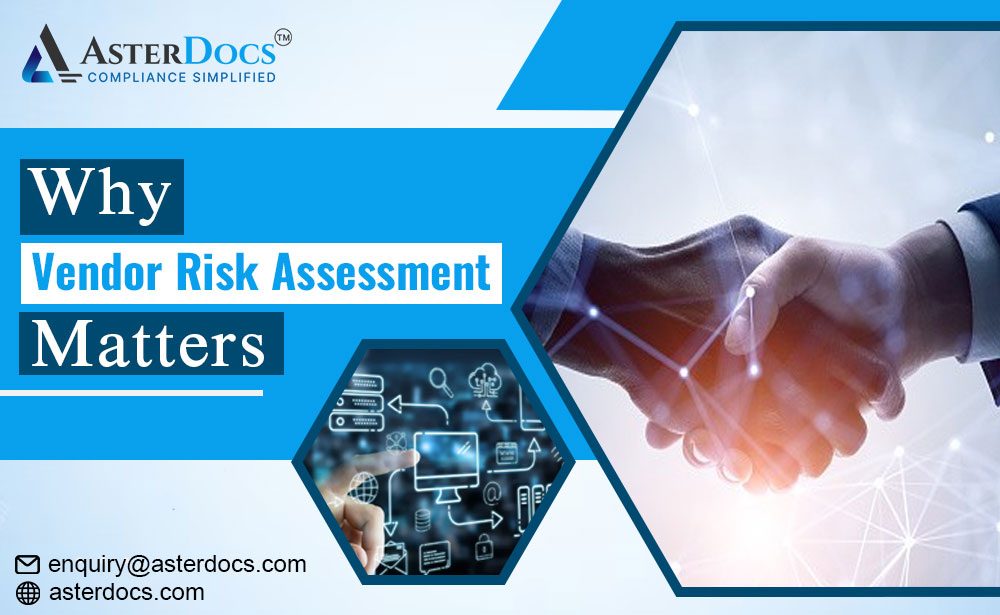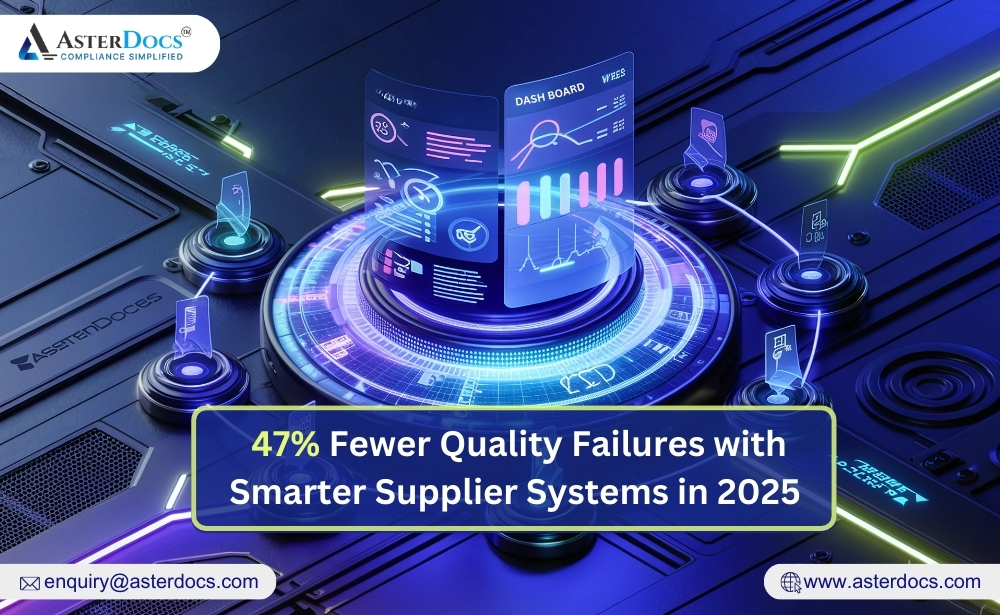In today’s interconnected and global business landscape, vendor relationships are at the core of supply chain operations. Vendors play a crucial role in providing goods and services that enable businesses to thrive. However, with this partnership comes inherent risks that can significantly impact a company’s operations, reputation, and bottom line. This is where the importance of vendor risk assessment comes into play.
Understanding Vendor Risk Assessment
Supplier risk assessment involves evaluating the potential risks of engaging specific vendors or suppliers. It is a proactive approach that enables businesses to identify vulnerabilities within their vendor relationships and take appropriate measures to mitigate those risks. The goal is to ensure vendor partnerships contribute to business success while minimizing potential disruptions.
It’s Growing Significance
In recent years, the business landscape has witnessed an increase in the complexity of supply chains and the potential risks that vendors pose. Globalization, regulatory changes, cybersecurity threats, economic uncertainties, and geopolitical issues contribute to the evolving risk landscape. As a result, vendor risk assessment has shifted from a mere formality to a strategic imperative.
Key Advantages
- Risk Identification and Prioritization: It allows businesses to identify and categorize risks associated with each vendor. This enables companies to prioritize risks based on their potential impact and likelihood of occurrence. Businesses can better allocate their risk management efforts by focusing resources on high-priority risks.
- Data-Driven Decision-Making: Risk assessment of vendors provides data-driven insights that guide informed decision-making. Rather than relying on assumptions, businesses can make strategic choices based on empirical evidence and analysis. This leads to more effective risk mitigation strategies.
- Proactive Risk Mitigation: Vendor risk assessment empowers businesses to address potential risks proactively. Instead of reacting to disruptions, companies can implement preventive measures that reduce the likelihood of risks materializing. This proactive approach enhances supply chain resilience.
- Strengthened Vendor Relationships: Supplier risk assessment fosters transparency and collaboration between businesses and their vendors. Engaging vendors in risk assessment discussions demonstrates a commitment to mutual success. This open dialogue strengthens relationships and builds trust.
- Compliance and Regulatory Adherence: Businesses operate in a regulatory environment that demands adherence to various standards and guidelines. Risk assessment of vendors ensures that supplier align with these regulatory requirements, avoiding potential legal and compliance issues.
- Reputation Protection: The actions and performance of vendors directly reflect on a business’s reputation. Companies safeguard their brand image and maintain customer trust by assessing and addressing vendor risks.
Implementing Effective Risk Assessment
Implementing an effective vendor risk assessment process requires a strategic approach:
- Risk Identification: Identify potential risks for each vendor, considering financial stability, regulatory compliance, cybersecurity practices, and operational resilience.
- Risk Evaluation: Assess the severity and likelihood of identified risks. This step involves quantitative analysis, qualitative assessments, and expert opinions.
- Mitigation Strategies: Develop risk mitigation strategies tailored to each vendor’s profile. These strategies could include contractual clauses, alternative sourcing options, or contingency plans.
- Monitoring and Review: Continuously monitor vendor performance and risk indicators. Regularly review and update risk assessments to account for changes in the business environment.
AsterDocs – Your Partner in Vendor Risk Assessment
AsterDocs, a leading supplier qualification software, offers a comprehensive solution to modern businesses. It streamlines risk identification and collaboration across your supplier network. With AsterDocs, businesses can anticipate and manage risks effectively, ensuring supply chain resilience and sustainable growth.
Conclusion
In a rapidly changing business landscape, vendor risk assessment is no longer an option; it’s necessary. Businesses embracing this approach recognize that vendor relationships come with inherent vulnerabilities that must be understood, managed, and mitigated. By unveiling vulnerabilities through risk assessment, companies protect their operations and position themselves for sustainable growth and success in an unpredictable world.













